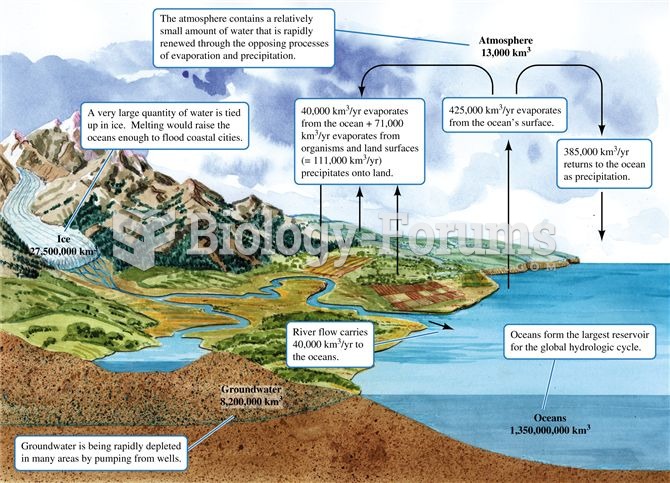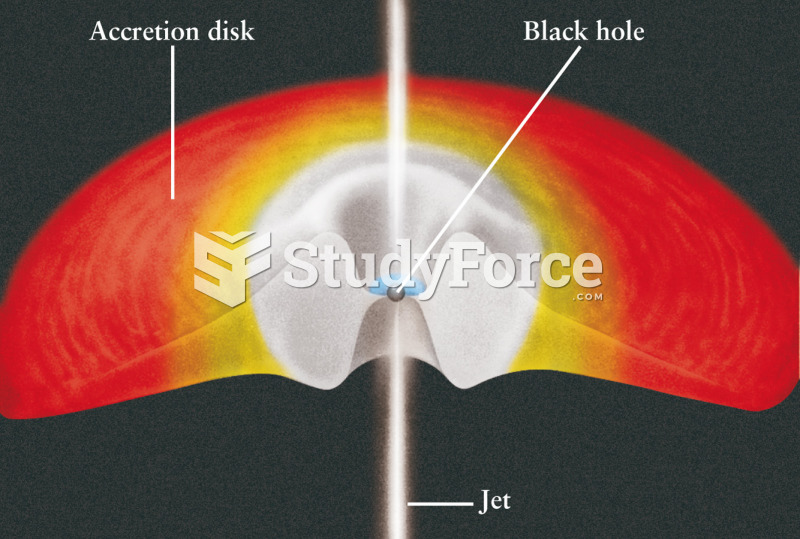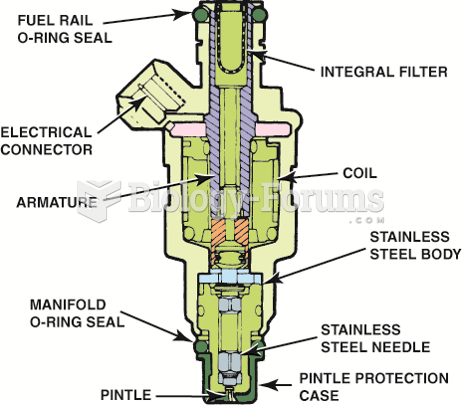Answer to Question 1
ANSWER: A volcano with a viscous magma content with a high concentration of volatiles will froth to form pumice and explode violently, fueled by the expansion of volatile gasses. The ash forms of shards of volcanic glass or shattered pumice. If the cloud is heavy enough, the ash and steam may roll down the slope of the volcano as a pyroclastic flow.
A pyroclastic flow has high steam temperatures, contains dense ash, and is violently turbulent, causing catastrophic danger inside the flow. The flow moves at very high speed and can travel up to 20 km from the volcano, making it very difficult to escape or avoid.
Answer to Question 2
ANSWER: A successful answer discusses all three aspects of one of the following:
A nonexplosive (Hawaiian-type) eruption is caused by low-viscosity basalt oozing through the surface. These eruptions represent very little danger since they are slow and frequent. The eruptions produce broad lava flows in the form of pahoehoe and aa.
A phreatic eruption is a violent, steam-driven explosion generated by vaporization of water. The eruption consists largely of a magma-free steam and ash column, and often results in a maar, a broad, bowl-shaped crater with a low rim. (If magma incorporates groundwater, it causes a phreatomagmatic eruption.) These eruptions are highly dangerous, as they may form a fast-moving base surge of hot sand and rock fragments.
A Stombolian eruption involves magma that interacts with saltwater or groundwater near the surface. The steam generated blows magma into cinders and bombs, which fall around the vent to form a cinder cone. They are small and represent little danger.
A Vulcanian volcano is fed by highly viscous magma rich in gas. The eruption expels large blocks of rock, ash, and bombs. They may create pyroclastic flows. The eruptions are forceful and represent moderate danger.
A Pelean eruption are violent rhyolite, dacite, or andesite eruptions, characterized by tall ash columns that collapse to form incandescent pyroclastic flows. Occasionally, viscous spines of extruded magma form lava spines up to 300 m high.
A Plinian eruption produces powerful, continuous blasts of gas that carry huge amounts of ash into the atmosphere. Pyroclastic and pumice flows are numerous. Collapse of the magma chamber often forms a caldera.







